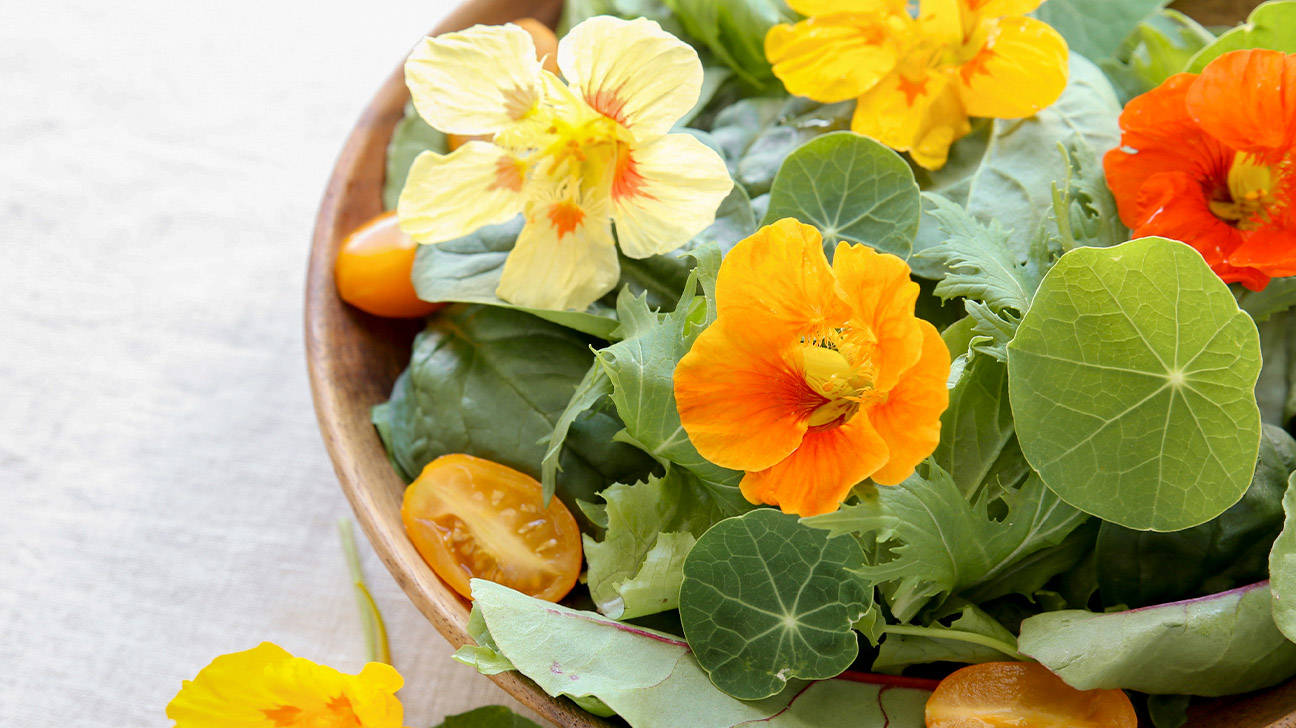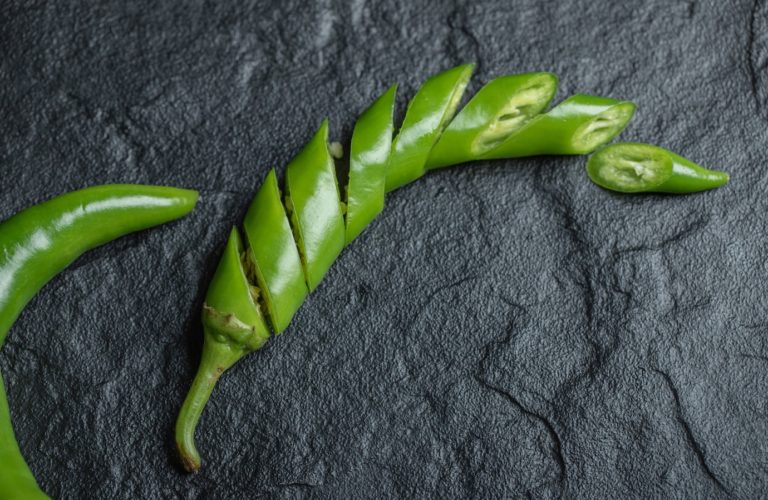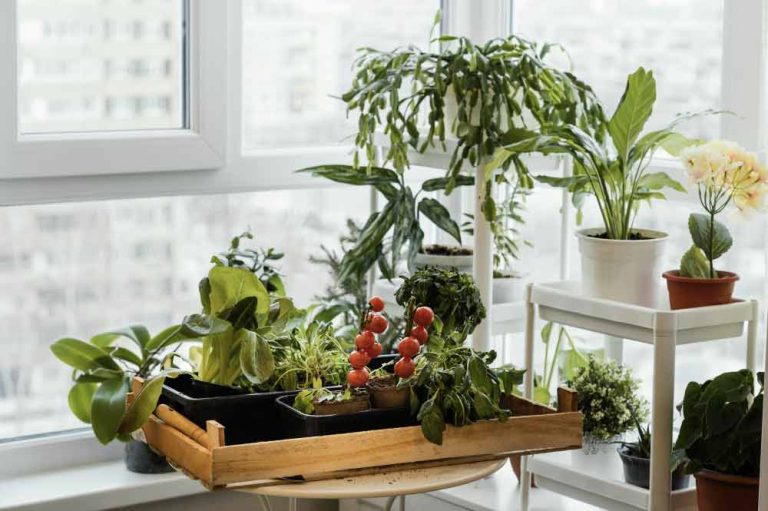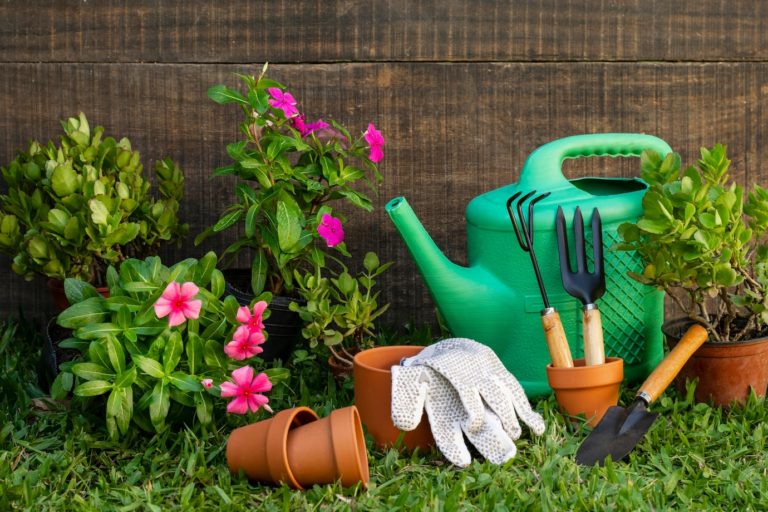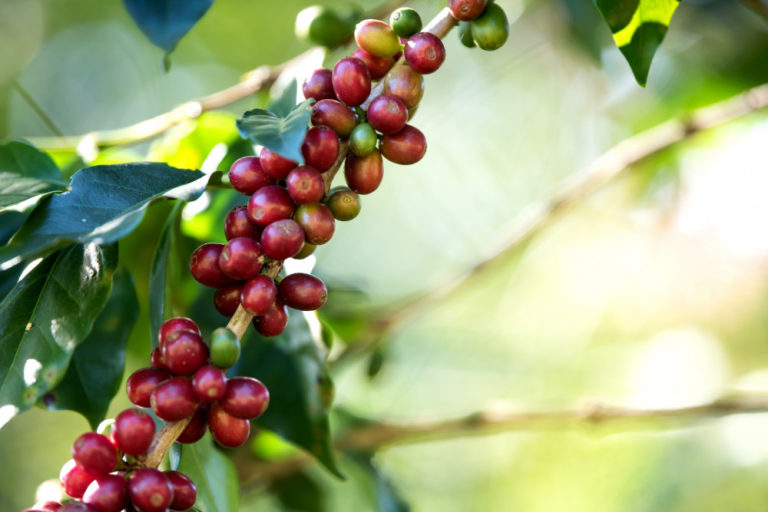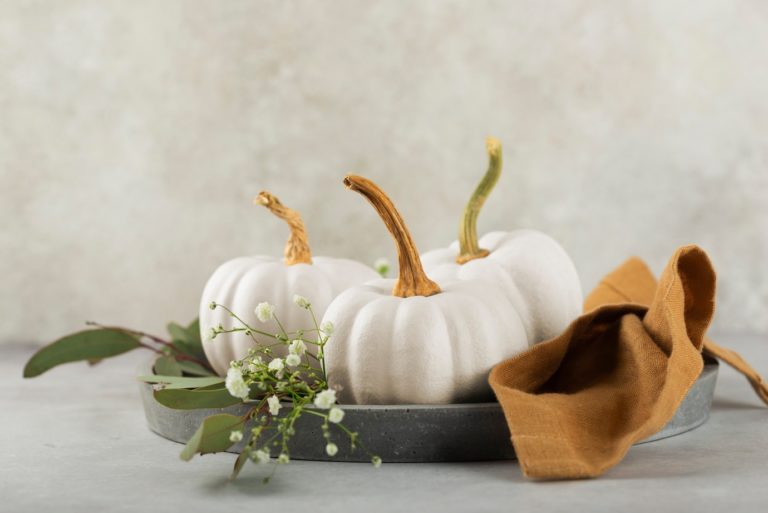10 Beautiful and Delicious Edible Flowers You Can Grow in Your Garden
Flowers aren’t just for looks – you can also eat them! Many edible flowers look great and taste delicious. If you’re looking to add a touch of elegance to your next meal or want to try something new, fresh edible flowers are the way to go. This blog post will explore ten beautiful and delicious edible flowers that your taste buds will love!
Delicious Edible Flowers
Nasturtiums
Nasturtiums (Tropaeolum majus) are native to South America. Nasturtiums come in various colors, including yellow, orange, and red. The flowers and leaves of the plant are edible and have a slightly peppery flavor. The bright, cheery blossoms are often used as a garnish or decoration on salads or other dishes. Nasturtiums are easy to grow and require very little care.
You can plant directly in the ground or in containers. Nasturtiums prefer full sun but will tolerate partial shade. The plants will bloom from early summer until fall. Deadheading the flowers will encourage the plant to produce even more blossoms.
The flowers and other parts of the garden nasturtium are an excellent source of microelements such as potassium, phosphorus, calcium, and magnesium, and macro elements, especially zinc, copper, and iron.

Pansies
Pansies are part of the Viola genus, including violets and Johnny-jump-ups. The word “pansy” comes from the French word “pensee,” meaning “thought” or “remembrance.” The plant was first cultivated in Europe in the 1700s and quickly became a popular symbol of remembrance.
Today, pansies are still associated with thoughts and memories, making them a popular choice for funerals and other solemn occasions. They have a mild minty flavor and make for a lovely edible flourish on a salad or dessert.
They are often used as bedding plants or in window boxes, where their cheerful blooms can add a touch of brightness to any environment. Pansies are a rich source of several potent plant compounds known to have antioxidant and anti-inflammatory properties.
Pansies are annual flowers that complete their life cycle in one growing season.

Roses
Roses have been used in cooking for centuries, and their popularity has only grown recently. Roses are sometimes used as a garnish or decoration on salads, cakes, or other dishes. The petals are edible and have a slightly sweet flavor.
Roses are the edible flowers of never-ending romances. While roses may be best known for their role in decoration, they can also add a touch of sweetness to any dish and contain a bunch of nutrients. In addition to being used as a garnish, roses can also be candied or used to make rose water for baking.

Hibiscus
Hibiscus flowers are not only beautiful but also versatile. You can use them to make delicious and healthy tea or salads for a tart and juicy flavor. The flowers are also rich in antioxidants, making them an excellent choice for those looking to improve their health. When choosing hibiscus flowers for tea, look for deep red or purple blooms.
To make hibiscus tea, steep the flowers in hot water for 5-10 minutes. These will have the most flavor and provide the most health benefits. Avoid using hibiscus flowers that have been treated with pesticides, as these can be harmful to your health.
This tea is best enjoyed without sweeteners or milk, as the natural tartness of the hibiscus flower is part of its appeal.
Some studies have shown that hibiscus can improve cholesterol levels.

Marigolds
The flowers are edible and have a slightly spicy flavor. Marigolds are native to Central and South America, and the plants were introduced to Europe in the 16th century. The flowers are typically orange or yellow, although there are also varieties with red, white, or pink blossoms. Marigolds are easy to grow and require little maintenance.
Marigold is rich in Carotenes and Carotenoids – the two compounds responsible for the flower’s vibrant yellow color and medicinal properties. These compounds also serve as precursors for the production of Vitamin A
The plants can be started from seed or transplanted from an existing bed. Marigolds typically bloom from summer to fall and will continue to produce flowers as long as they receive enough sunlight and water.
Marigolds protect a wide variety of plants from pests and weeds. It provides a protected environment for other plants to foster, similarly protecting our bodies and nurturing them. When choosing marigolds for your garden, remember that taller varieties may need to be staked, so they don’t topple over in windy weather.
The Ultimate Guide to Companion Planting for Vegetable Gardens
By planting specific plants together, you can create a beneficial relationship that will help keep your plants healthy and happy!
The flower is also a trap crop, especially for tomatoes, potatoes, and chili pepper. Its flowering herb is used in topical applications to stop the bleeding during hemorrhoids and piles. The flower is also a natural bug repellent to prevent insect bites.
Chrysanthemums
Chrysanthemums are native to Asia and were first introduced to Europe in the 17th century. The flowers have a slightly bitter flavor.
Today, chrysanthemums are grown worldwide and come in various colors, including white, yellow, pink, purple, and red.
While they are most commonly used as a decoration, chrysanthemums can also be added to stir-fries, soups, and other dishes for a touch of color and flavor.
Chrysanthemum tea has a long history of use in traditional Chinese medicine and is usually made from the dried flowers of florists’ chrysanthemum or Dendranthema indicum (formerly C. indicum).
This edible flower is very low in Saturated Fat and Cholesterol. It is also a good source of Niacin and an excellent source of Dietary Fiber, Vitamin A, Vitamin C, Vitamin E (Alpha Tocopherol), Vitamin K, Riboflavin, Vitamin B6, Folate, Calcium, Iron, Magnesium, Phosphorus, Potassium, Copper, and Manganese.

Dandelions
Dandelions are native to Europe but have now naturalized in many other parts of the world, including North America. The flowers are typically yellow but can also be white or orange. Many gardeners consider dandelions a weed, but they are very nutritious plants.
The entire plant is edible, and a good source of vitamins A, C, and K. Dandelions also contain calcium, iron, and potassium. Traditional medicine uses dandelions to treat liver problems, digestive disorders, and skin conditions.
Today, dandelions are still sometimes used as an herbal remedy, although there is little scientific evidence to support these claims.
Its tooth-shaped leaves are rich in minerals like magnesium, copper, folate, calcium, potassium, manganese, and iron. It is jam-packed with Vitamin A, E, K, B6, B2, B1, and C. The leaves are bitter, and the intensity increases over the summer.
Eating Dandelions Is Secretly Super Healthy

Squash Blossoms
Squash blossoms are the edible flowers of squash plants. They have a slightly sweet flavor. The flowers can be fried and eaten on their own or used as a garnish or decoration on other dishes. Squash blossoms are a popular ingredient in Italian and Mexican cuisine and can also be found in some Asian dishes.
One cup of squash blossoms only has five calories! It also has one gram of carbohydrates and less than one gram of protein, just to give you the picture. That said, squash blossoms are high in calcium and iron, especially in vitamins C and A.

Lilacs
Lilacs belong to the olive family. These edible flowers are popular garden plants grown for their fragrant flowers. The flowers can be white, pink, purple, or lavender. The flowers are also edible and have a sweet flavor with hints of citrus. You can make syrup, tea, or jelly from their flowers.
Lilac tea by infusing lilac flowers in hot water. It has a light, floral flavor and is said to have calming properties. You can make Lilac jelly can be made by boiling lilac flowers in water and sugar. Lilac syrup can be used to flavor pancakes and waffles or be added to cocktails or sodas. It makes an excellent spread for toast or biscuits.
You can also use their flowers in savory dishes, such as chicken or pork cooked with lilac syrup.

Violets
Violets (Viola spp.) are not only lovely to look at, but they are also edible and can be used to make a variety of sweet treats. The flowers have a delicate flavor similar to roses and can be used to make syrup, jelly, or candy.
To make violet syrup, steep the flowers in boiling water and then strain them. Add sugar to taste. For jelly, follow the same process but add pectin and boil until the mixture reaches a gel-like consistency. Violet candy is made by coating the flowers in sugar syrup and then letting them harden. These Sweet violet treats are sure to please any palate.

Three ways to try the edible flower foodie trend
Chef Jason Parsons dishes on the popular edible flower food trend and how to add them to any dish by infusing them with oil or dusting petals with sugar.
The Take-Away
Edible flowers are a great way to add flavor, color, and texture to your dishes. They will elevate any dish with their beautiful colors and unique flavors. So next time you’re looking for a way to add some pizzazz to your meal, don’t forget the power of edible flowers!
Related Posts:

